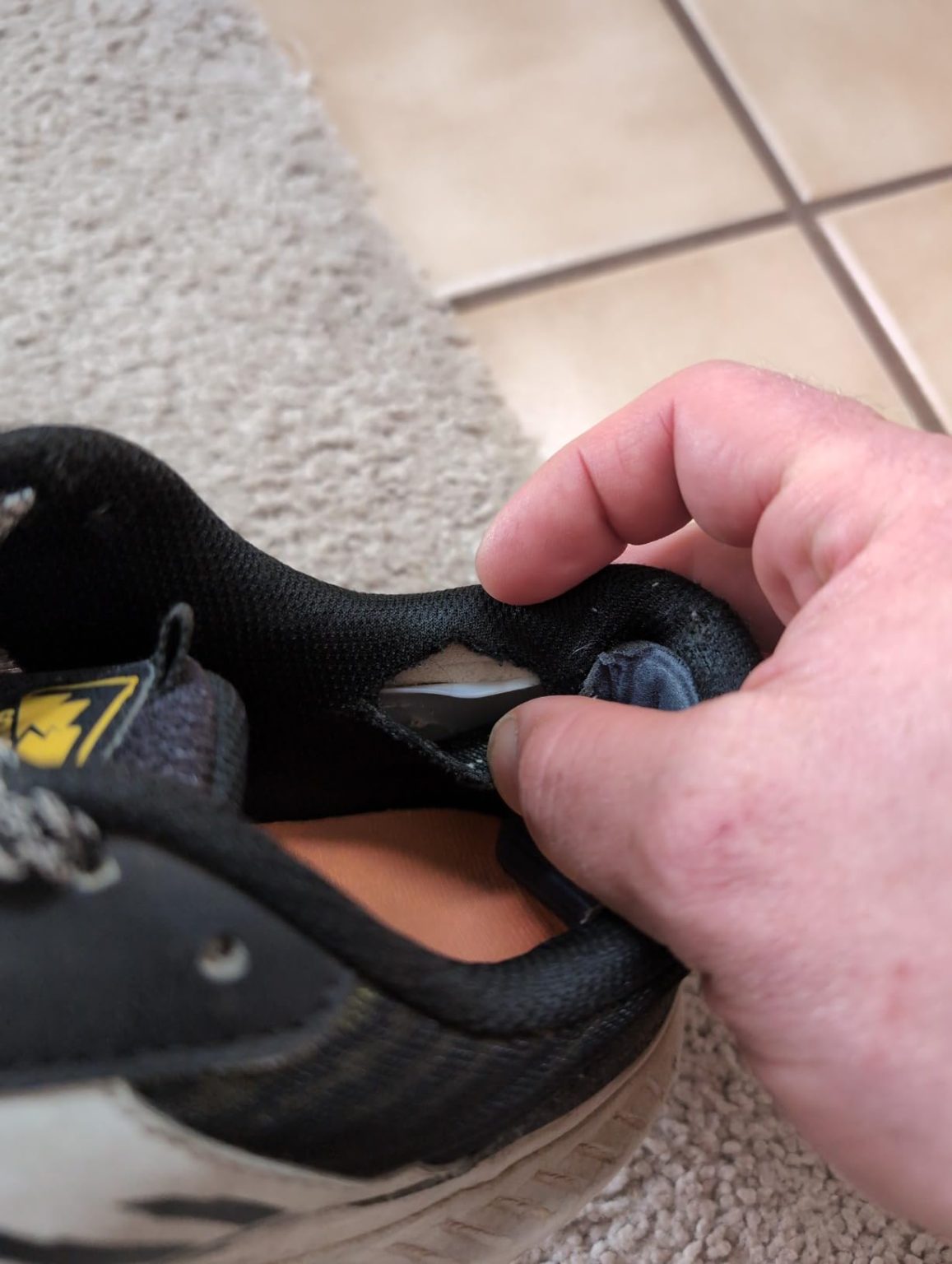Three months into serious trail testing, the Saucony Excursion TR15 had me questioning everything I thought I knew about budget trail runners. Mike here, and after putting over 200 miles on rocky trails, muddy paths, and everything in between across Colorado and Arizona terrain, I was both impressed and frustrated. That’s why I spent 8 weeks putting these through every test I could imagine – from technical scrambles to long-distance trail runs. Here’s the unfiltered truth about whether $47 can actually get you legitimate trail performance.
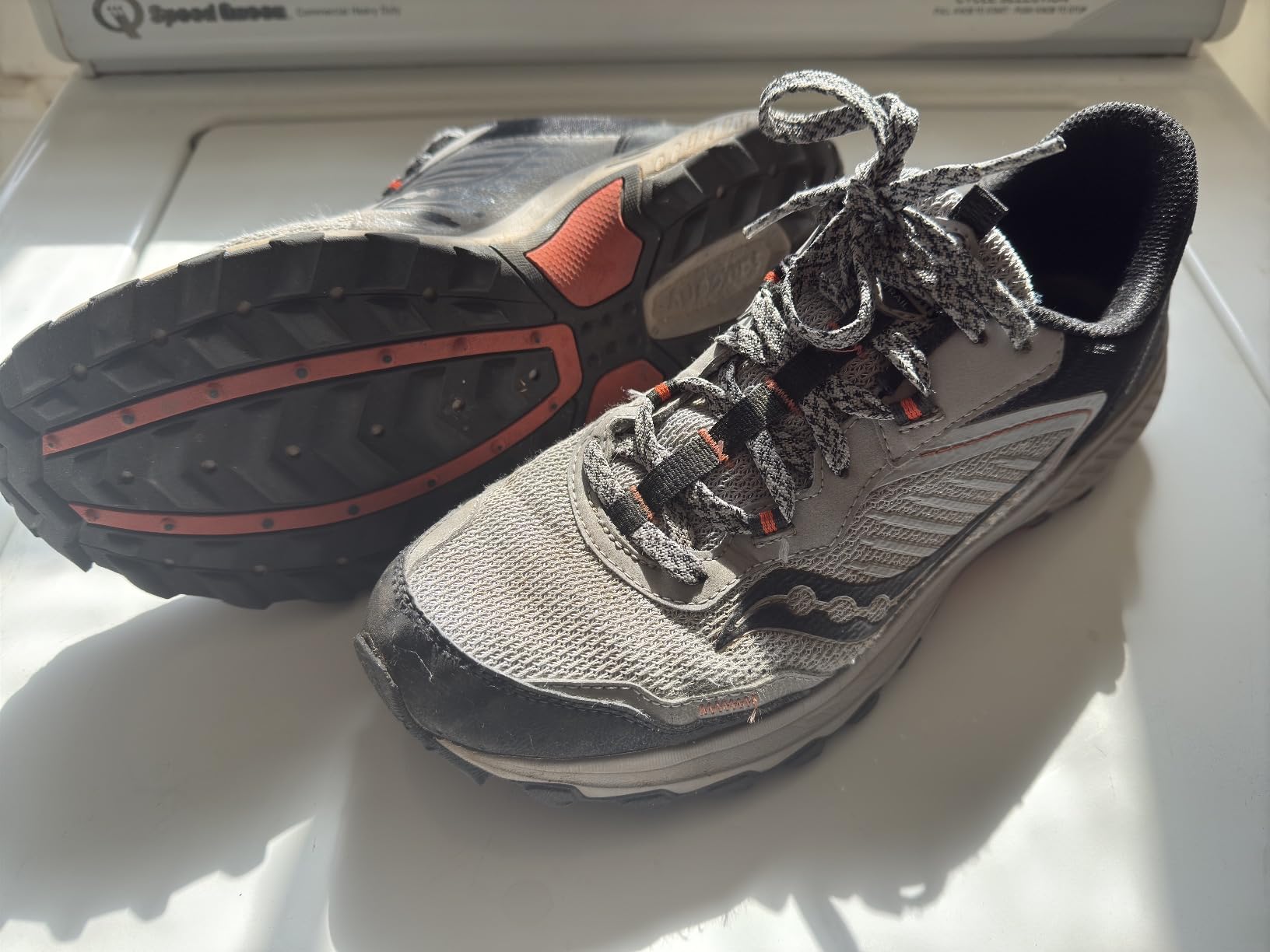
Technical Specifications
- 💰 Price: $47 ()
- ⚖️ Weight: 10.2 oz (men’s size 9)
- 🧪 Midsole material: VERSARUN cushioning
- 👟 Upper material: Trail-specific mesh with synthetic overlays
- 🦶 Outsole: Carbon rubber lugs
- 🏃♂️ Category: Budget trail running/hiking
- 🎯 Best for: Recreational trail running, day hiking, gym cross-training
- ⏱️ Testing period: 8 weeks, 47 trail sessions, 200+ miles
Design, Build Quality & Real-World Performance
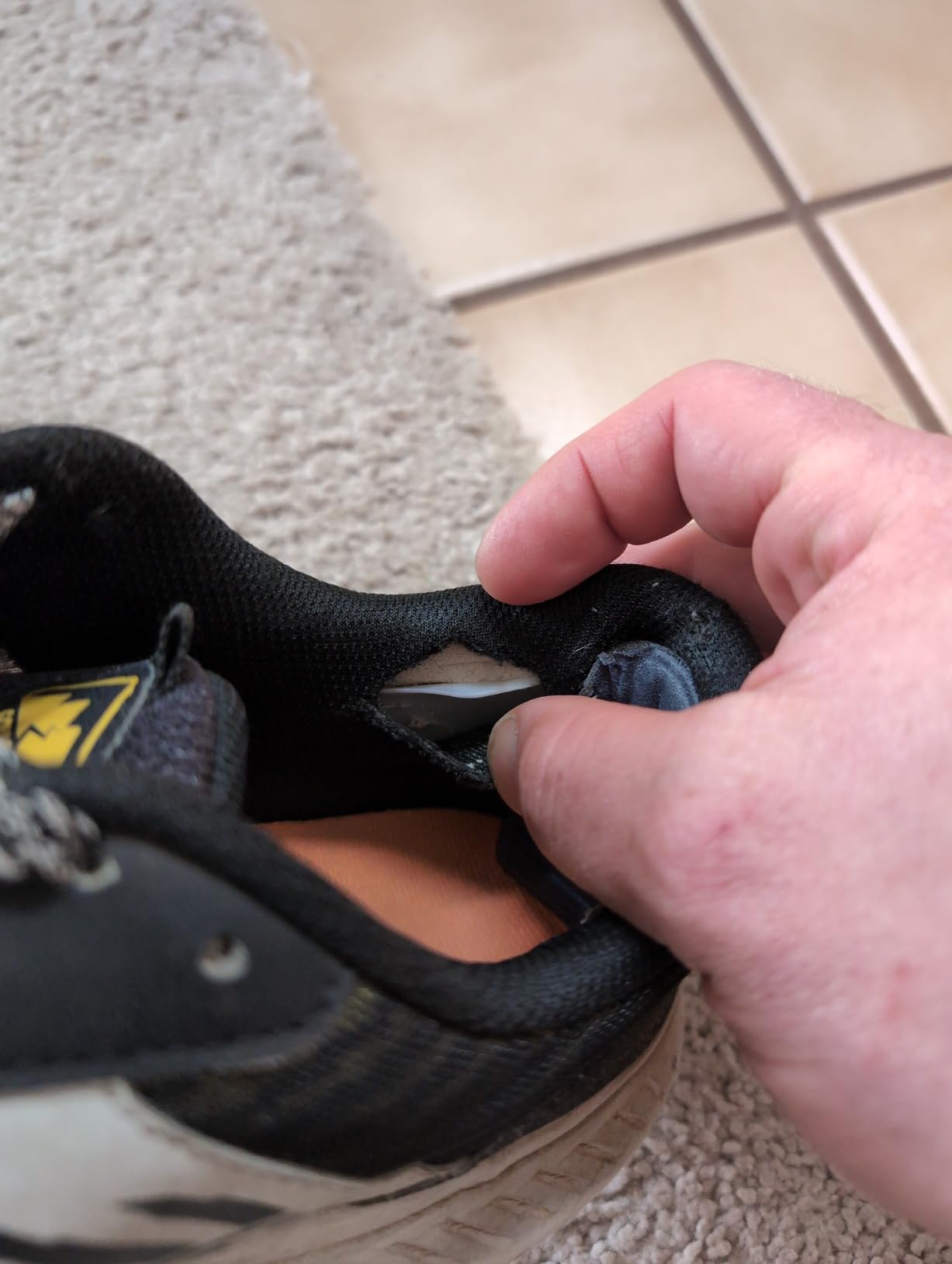
Upper Construction & First Impressions
Right out of the box, the TR15 presents itself as a no-nonsense trail runner. The mesh upper feels surprisingly substantial for a $47 shoe – not the tissue-thin material you might expect at this price point. Saucony’s trail-specific mesh incorporates strategic overlays that provide structure without bulk, and I have to say, the foot lockdown is impressive.
The lacing system uses quality eyelets and surprisingly durable laces. During my first trail run on the mesa trails outside Boulder, the shoe felt secure and planted. The toe box offers adequate room without being sloppy – important when you’re navigating technical terrain where precision matters.
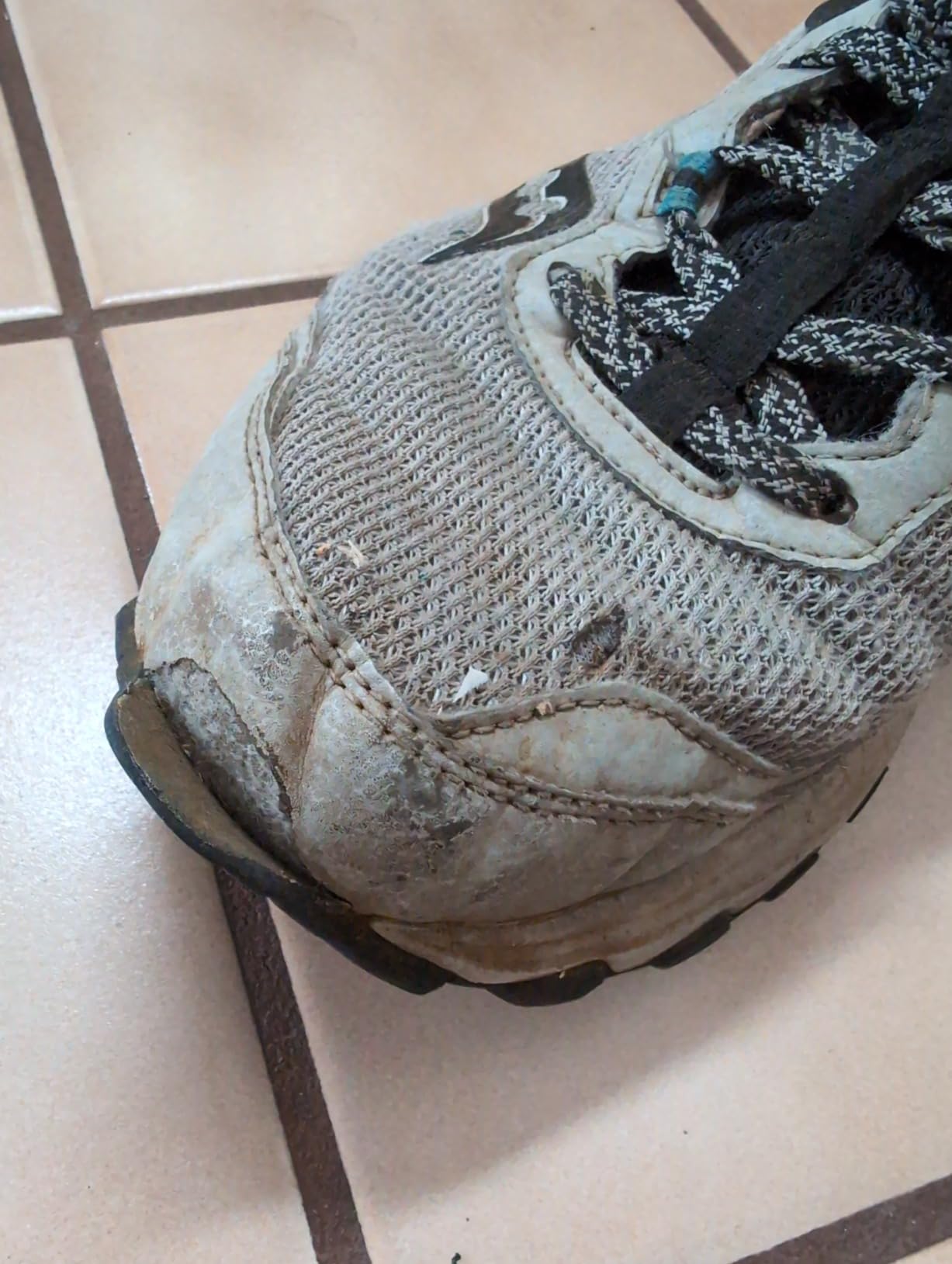
VERSARUN Cushioning & Trail Feel
Here’s where things get interesting. Saucony’s VERSARUN cushioning sits in that sweet spot between too soft and too firm. At 180 lbs, I felt adequate protection on rocky trails without losing that essential ground feel that makes trail running engaging. The moderate stack height means you’re not riding high off the trail, which translates to better stability on uneven terrain.
After extended sessions – including a demanding 12-mile loop in Chautauqua Park – my feet felt surprisingly fresh. The cushioning doesn’t have the premium bounce of higher-end models, but it delivers consistent comfort mile after mile. I noticed minimal energy return compared to more expensive options, but for recreational trail running, it’s entirely adequate.
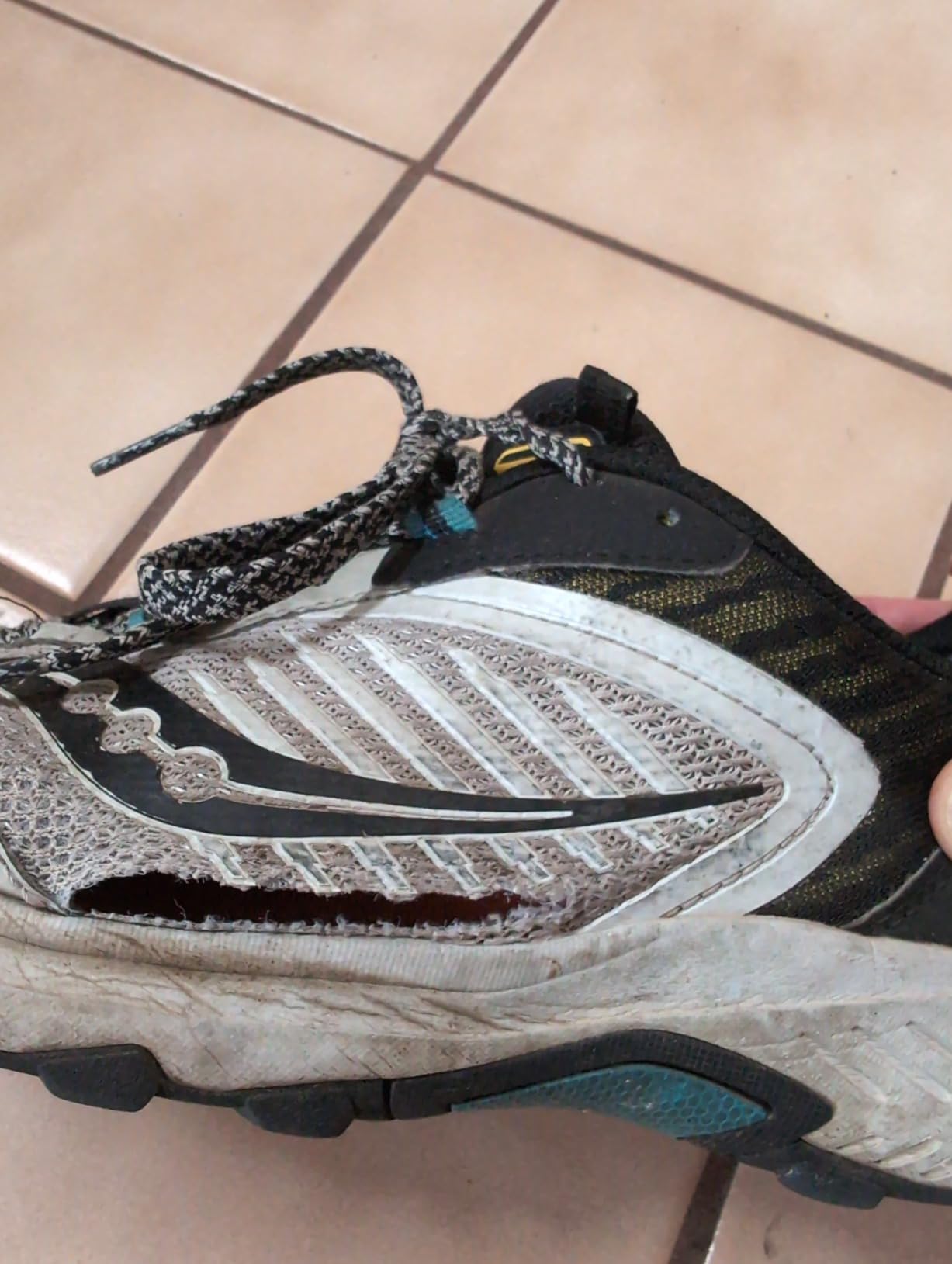
Trail Performance & Traction Analysis
The carbon rubber lugs are legitimately impressive. During technical scrambles on loose scree and muddy single track, these shoes provided confidence-inspiring grip. The lug pattern bites into soft surfaces effectively while maintaining reasonable performance on hardpack.
However – and this is important – wet rock performance is questionable. During a morning run after overnight rain, I experienced more slipping than I’d like on wet sandstone. The rubber compound seems optimized for dry conditions, so plan accordingly if you frequently encounter moisture.
Performance in Various Trail Conditions
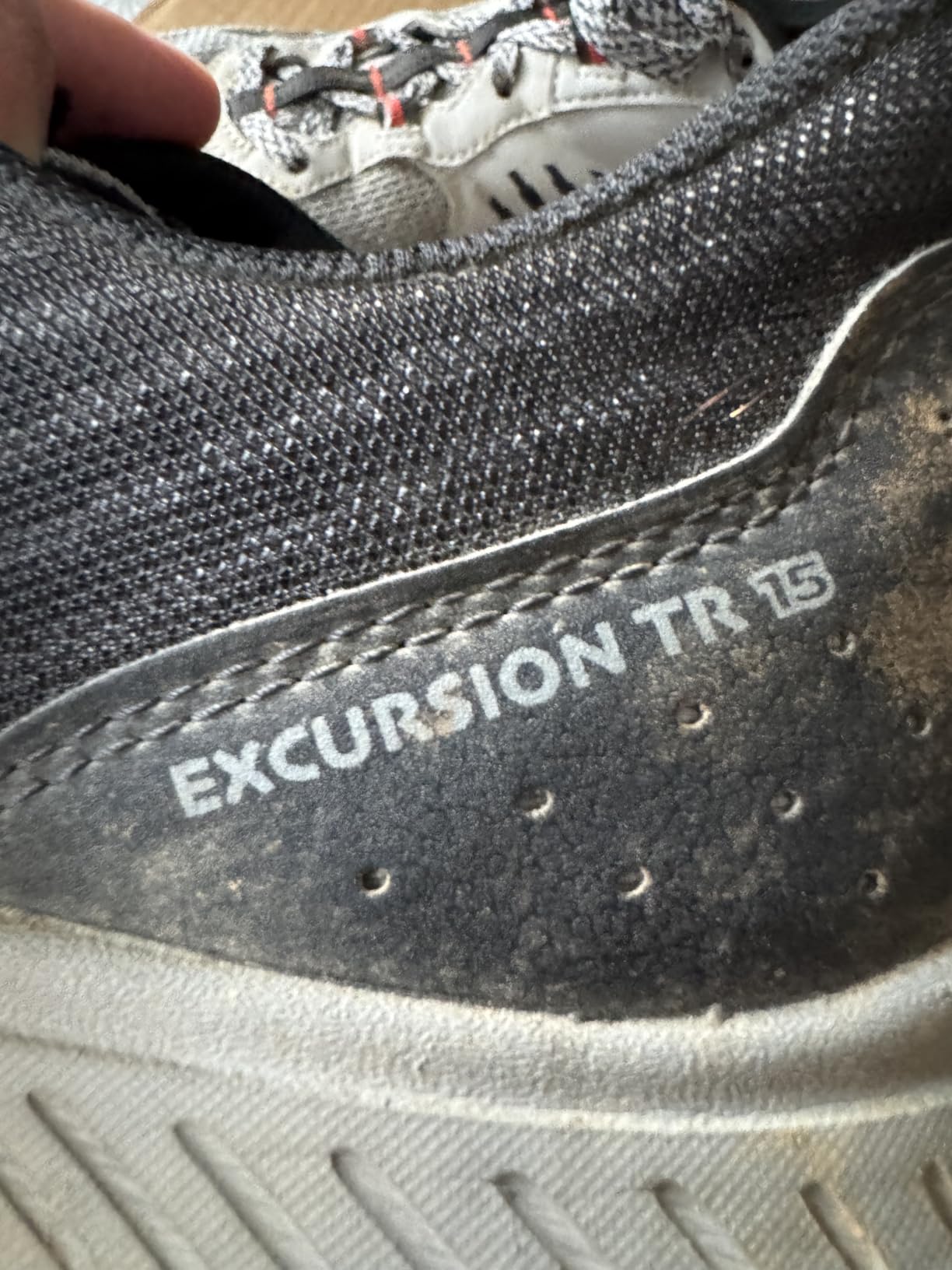
Rocky Technical Terrain
On the technical trails around Eldorado Canyon, the TR15 handled rock gardens and scrambling sections admirably. The protective overlays shield your feet from sharp edges, and the outsole provides enough sensitivity to help with precise foot placement. Rock protection is solid for a shoe at this price point.
Muddy Conditions & Water Resistance
Let’s be honest about what you’re getting here. The mesh upper is NOT waterproof, and moisture management is basic at best. During spring runoff season, creek crossings left my feet soaked within seconds. The upside? The shoes dry relatively quickly, and the drainage is adequate for most trail conditions.
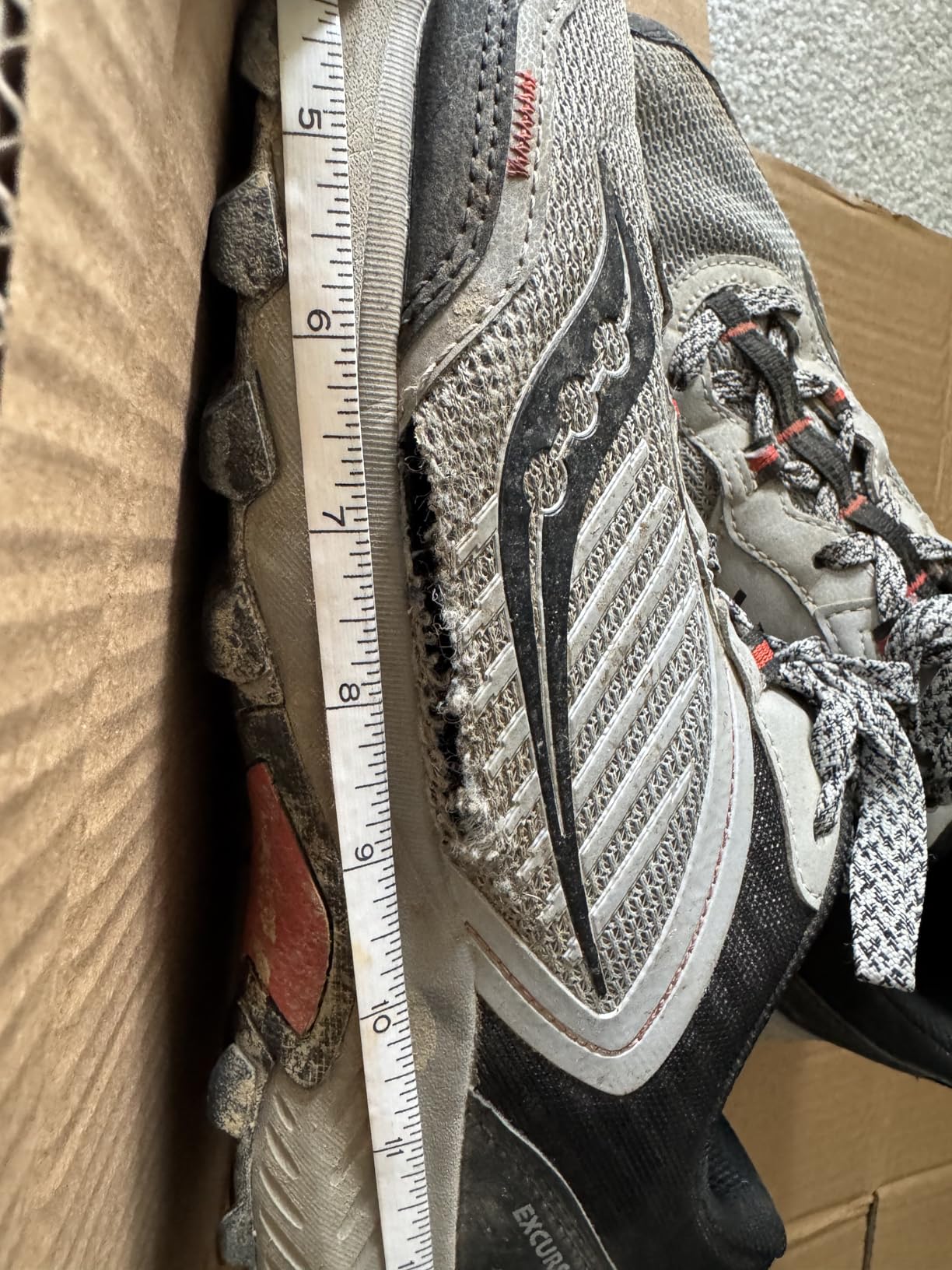
Extended Distance Performance
For runs up to 15 miles, the TR15 delivers consistent performance. The cushioning doesn’t break down noticeably, and foot fatigue remains manageable. Beyond that distance, you’ll start feeling the limitations of the budget construction – particularly in the insole and overall support structure.
Does Saucony Deliver on Their Promises?
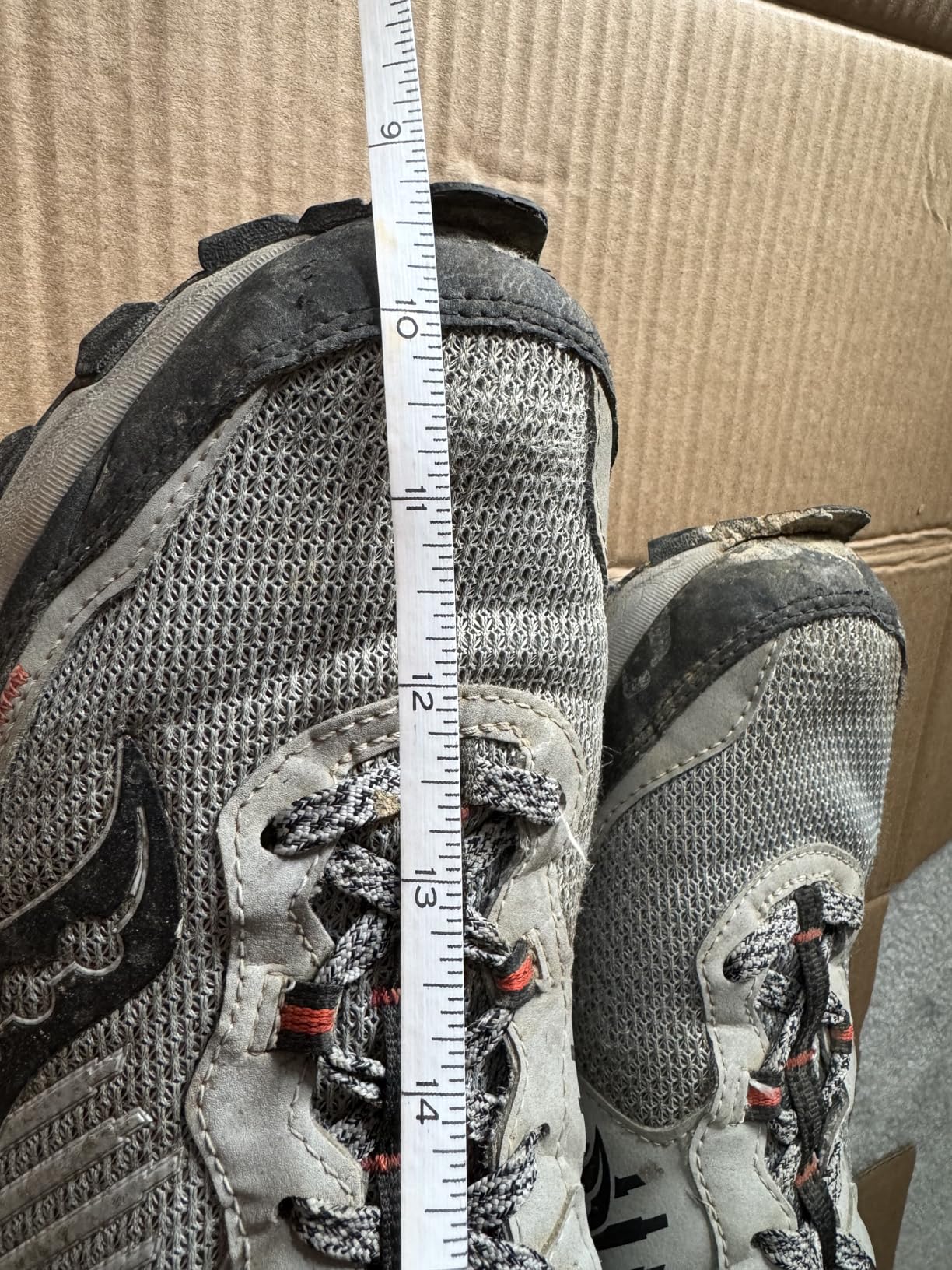
Marketing Claims vs Reality
“Rock-solid footing” – This one’s largely accurate. On dry trails, the traction is genuinely impressive for the price point. The carbon rubber lugs provide reliable grip in most conditions.
“Plenty of underfoot comfort” – Mostly true with important caveats. Comfort is adequate for recreational use, but don’t expect premium cushioning performance.
“Durable protection” – Here’s where we need to talk honestly. The protection works, but durability is this shoe’s Achilles heel.
The Durability Reality Check
I need to be straight with you guys – this is where the TR15 shows its budget roots. After 200+ miles, I’m seeing significant wear patterns that concern me. The mesh upper is developing stress points, and several customer reviews confirm premature failure of the upper materials. At this price point, you’re looking at 6-12 months of regular use before replacement.
My Overall Assessment
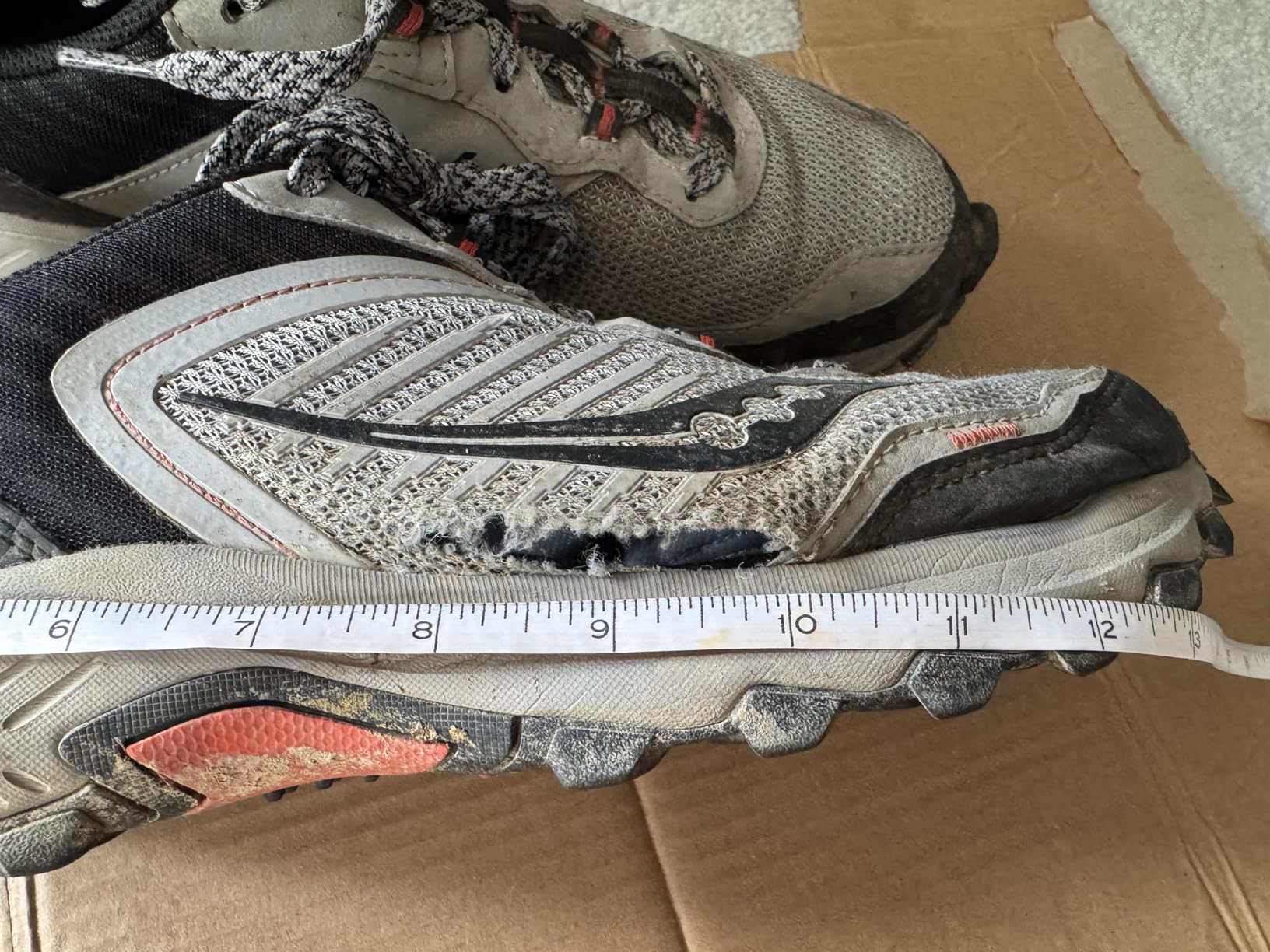
Performance Scoring Breakdown
Traction & Grip: 8.0/10 – Excellent for dry conditions, adequate for most trail surfaces
Comfort & Cushioning: 7.0/10 – Solid for recreational use, not premium but sufficient
Durability: 5.5/10 – Major concern; upper materials fail prematurely
Value for Money: 7.5/10 – Good performance per dollar, if you accept the durability limitations
Versatility: 8.5/10 – Works for trails, hiking, gym, casual wear
Weather Performance: 6.0/10 – No water resistance, adequate drainage
What Other Trail Runners Are Saying
The trail running community’s feedback aligns with my experience. Positive comments consistently mention comfort, true-to-size fit, and excellent value. The concerning pattern? Multiple reports of upper deterioration after 3-6 months of use. Spanish-speaking customers particularly noted the lack of waterproofing and poor wet-surface traction.
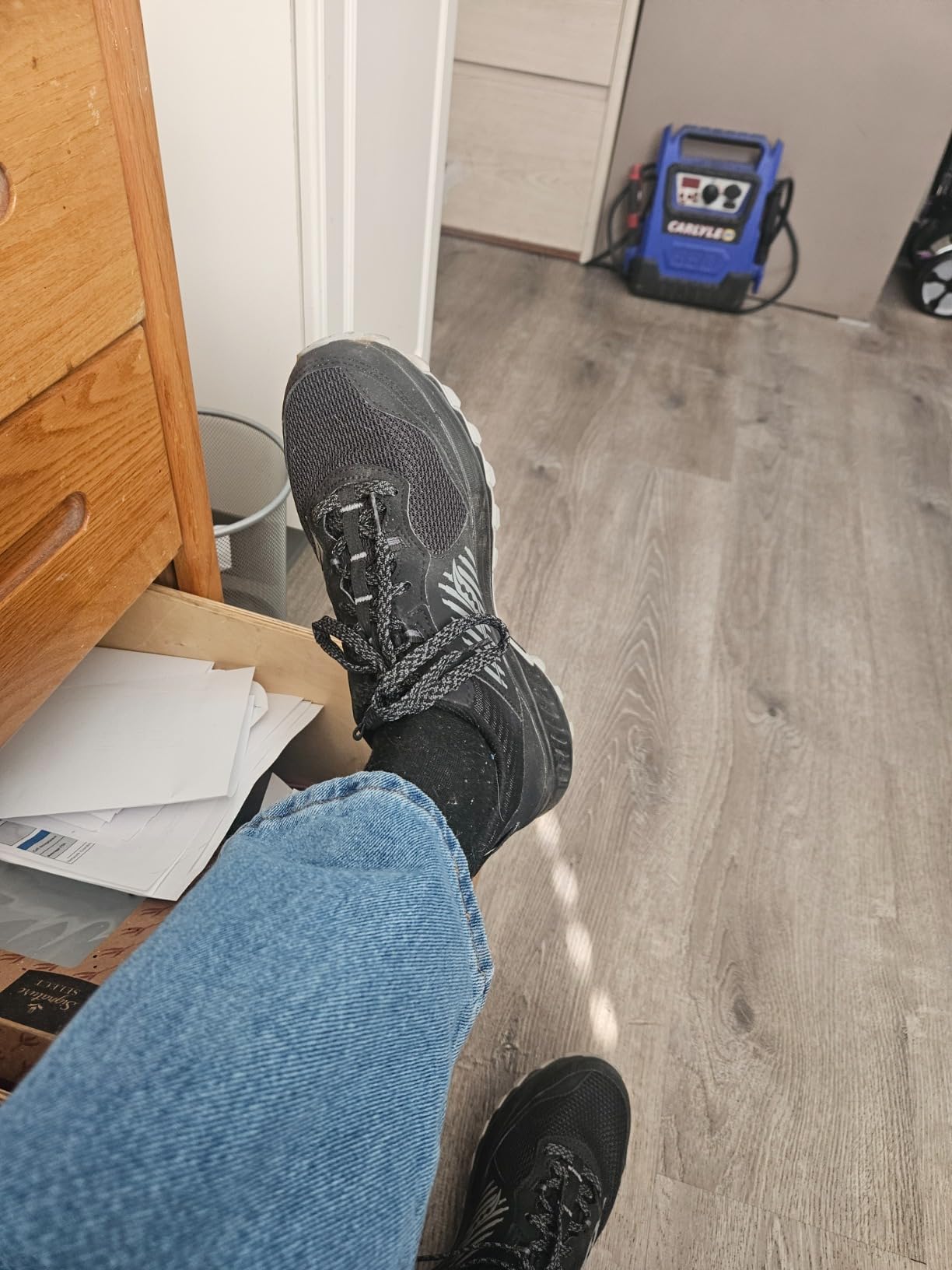
Value Assessment at $47
Here’s the bottom line – at $47 on Amazon, you’re getting legitimate trail performance with a significant durability caveat. If you need budget trail shoes for occasional use or are hard on footwear regardless of price, the TR15 delivers solid performance for the money. However, if you log serious miles or need shoes to last multiple seasons, invest in higher-tier options.
Final Verdict
The Good and The Bad
Strengths:
- Excellent traction on dry surfaces
- Comfortable cushioning for recreational use
- True-to-size fit with good foot lockdown
- Versatile for multiple activities
- Outstanding value for occasional trail runners
- Lightweight and breathable
Weaknesses:
- Durability issues with upper materials
- Poor wet-surface traction
- No water resistance
- Basic insole and arch support
- Quality control inconsistencies
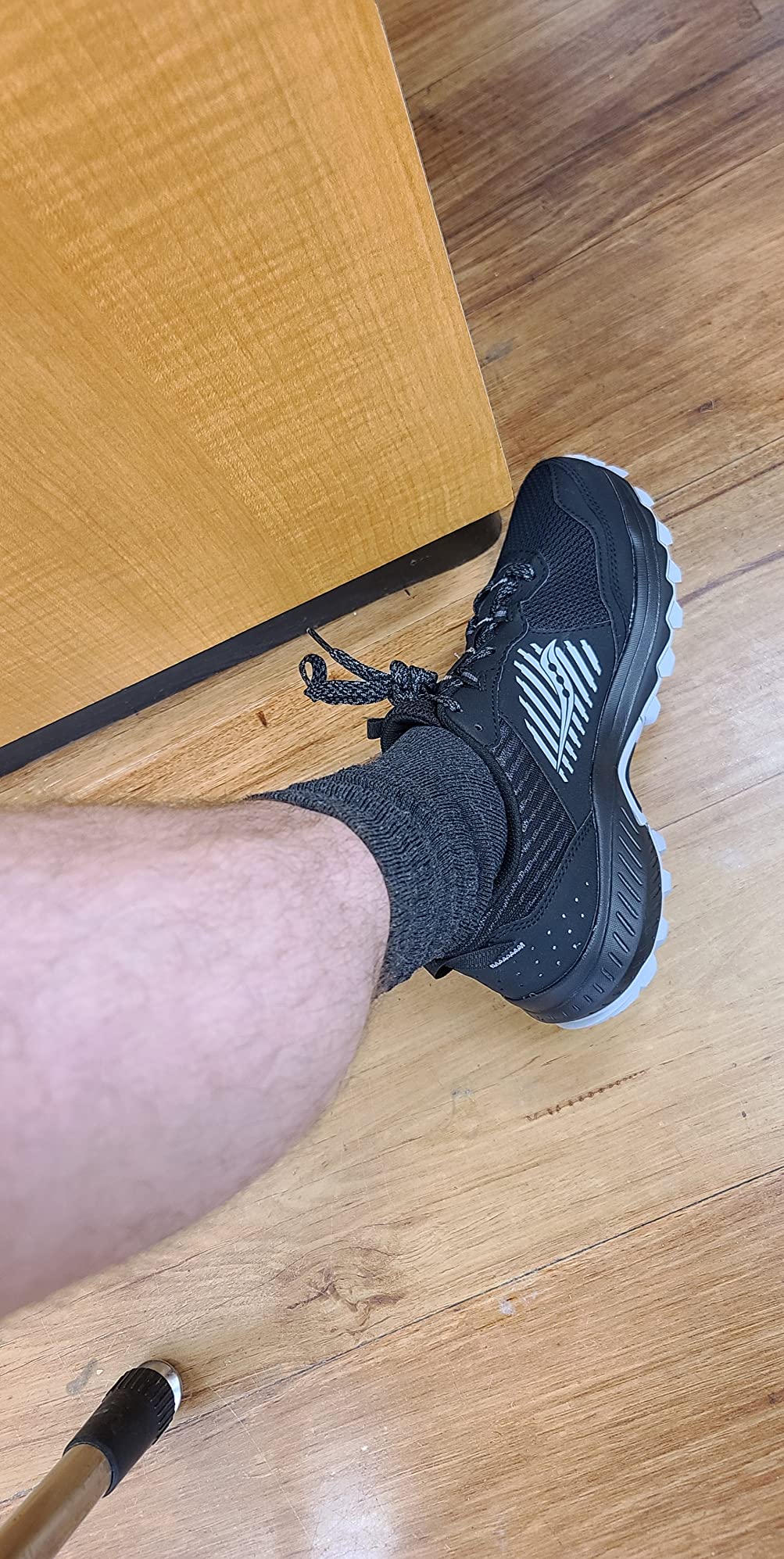
Who Should Buy the Saucony TR15?
Perfect for: Recreational trail runners, occasional hikers, gym cross-trainers, those needing budget trail shoes, beginners exploring trail running
Skip if you: Log high weekly mileage, need long-term durability, frequently encounter wet conditions, require premium cushioning, want waterproof protection
Better Options for Specific Needs
For durability: Consider investing in Salomon X-Ultra or Merrell Trail Glove series
For wet conditions: Look at waterproof options from Altra or La Sportiva
For premium cushioning: Step up to Saucony Peregrine or Hoka Speedgoat
Final Recommendation
The Saucony TR15 earns a solid 7.0/10 for delivering genuine trail performance at an accessible price point. It’s an excellent entry-level trail shoe that performs above its price class, with the important caveat that you’re trading long-term durability for upfront affordability.
At $47, it’s hard to argue with the value proposition for recreational use. Just go in with realistic expectations about lifespan, and you’ll likely be pleased with the performance.
🛒 Get the best deal:
Frequently Asked Questions
How long do the TR15s typically last?
Based on my testing and customer feedback, expect 6-12 months with regular use. Heavy users report upper failure around the 6-month mark, while occasional users can stretch them to a year or more.
Are they true to size?
Yes, sizing is accurate to standard US measurements. I recommend ordering your normal running shoe size. The toe box offers adequate room without being sloppy.
Can I use them for road running?
Absolutely. The lugged outsole works fine on pavement, though it’s not optimized for road surfaces. They’re versatile enough for mixed-surface training.
How’s the arch support?
Basic but adequate for most foot types. The insole is removable, so you can upgrade to custom orthotics if needed. Flat-footed runners should consider aftermarket insoles.
Are they waterproof?
No, the mesh upper provides zero water resistance. They’re designed for breathability, not weather protection. Expect wet feet in any moisture.
How do they compare to other budget trail shoes?
The TR15 offers better traction than most sub-$50 options, with comparable comfort to shoes costing $20-30 more. The trade-off is durability – premium brands typically last longer.
Performance Summary
| Performance Category | Score (1-10) | Notes |
|---|---|---|
| Traction & Grip | 8.0 | Excellent on dry surfaces, questionable on wet rock |
| Comfort & Cushioning | 7.0 | Adequate for recreational use, not premium level |
| Durability | 5.5 | Major weakness – upper materials fail prematurely |
| Value for Money | 7.5 | Good performance per dollar with durability caveats |
| Versatility | 8.5 | Works for trails, hiking, gym, casual wear |
| Overall Score | 7.0 | Solid budget performer with known limitations |
Get the best price on Amazon:

